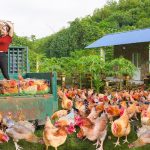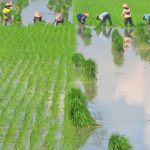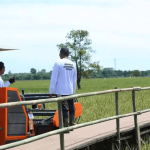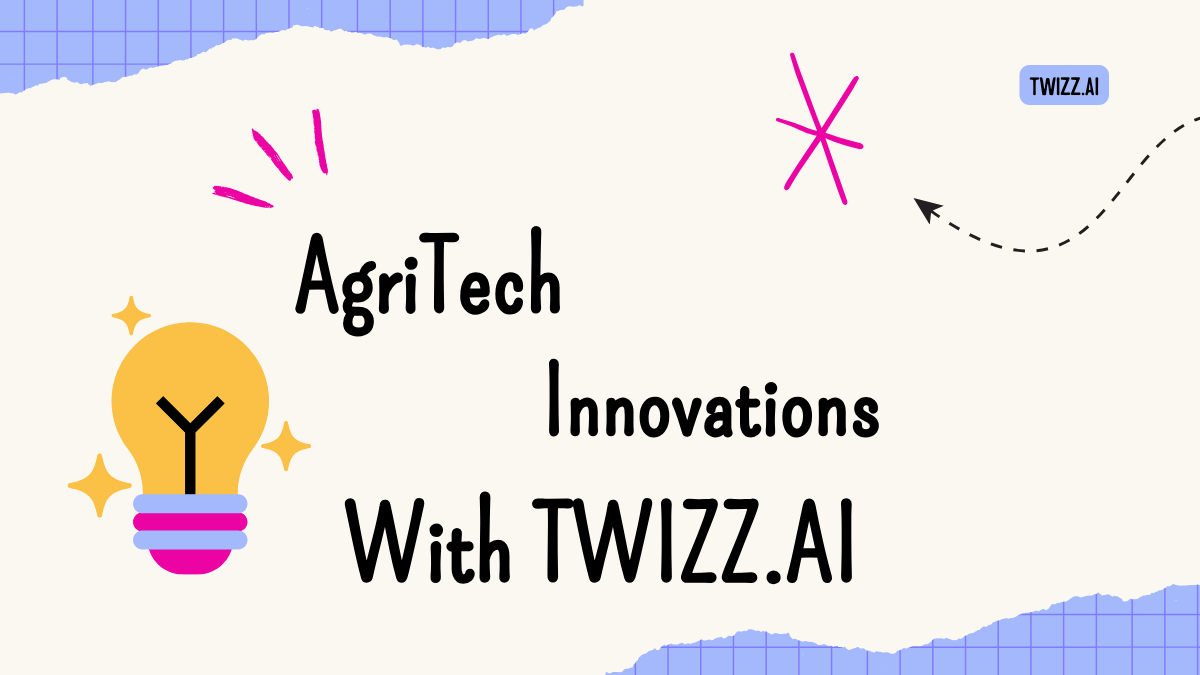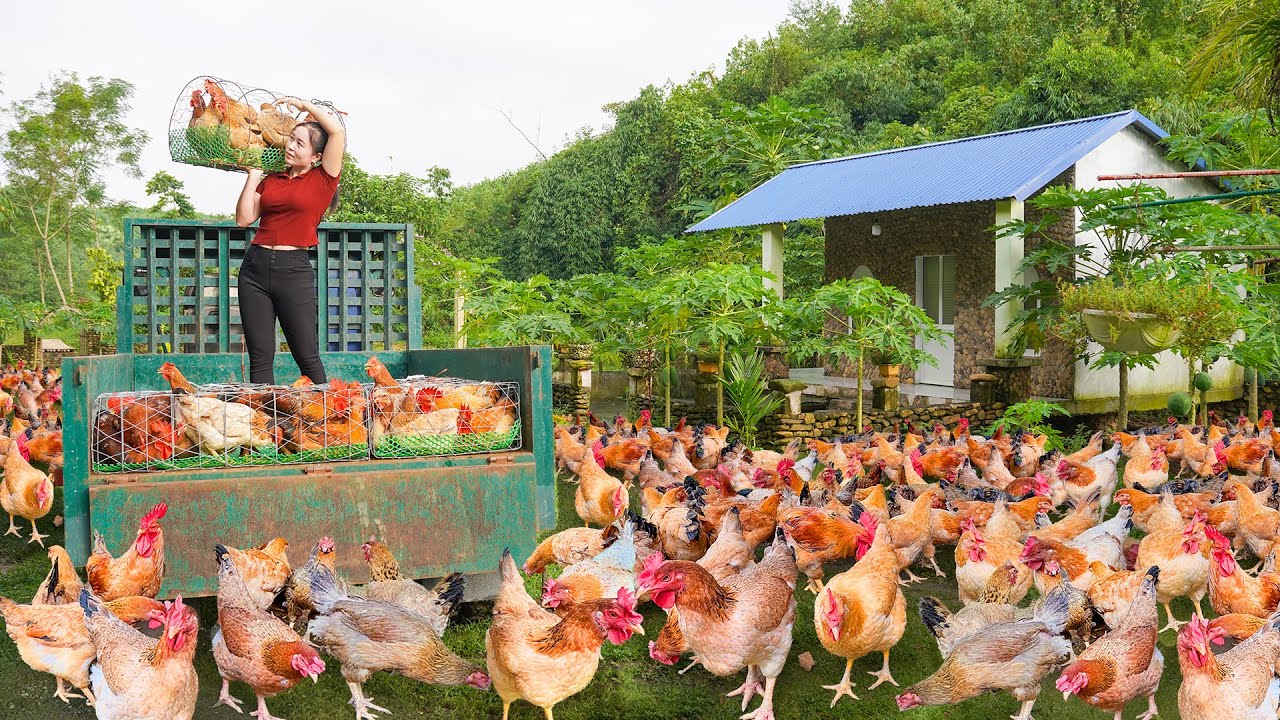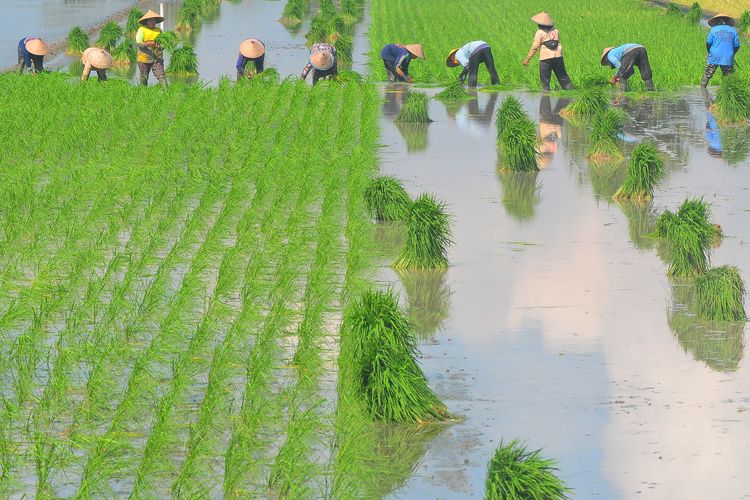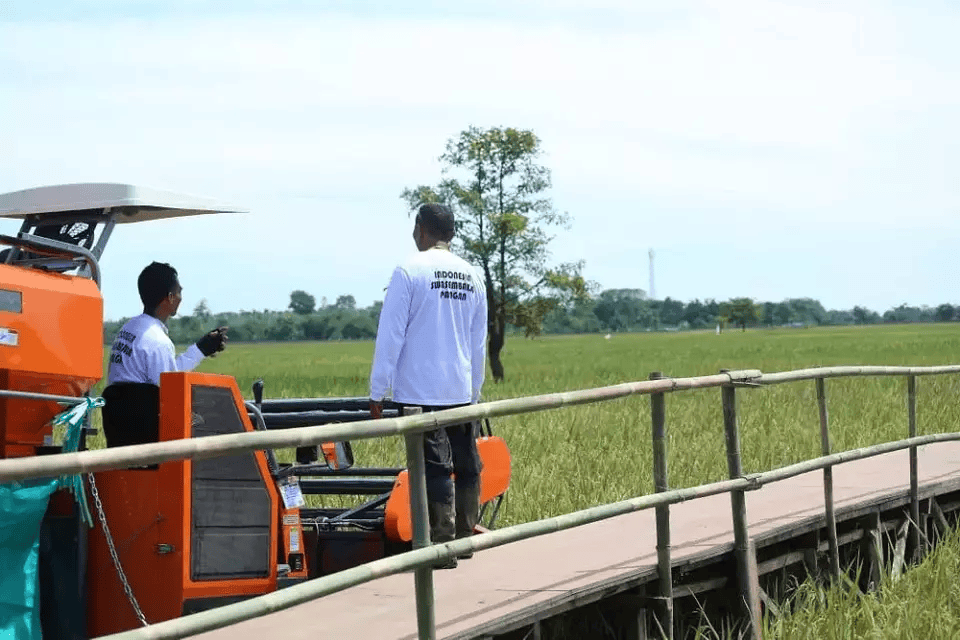The Rise of AgriTech Startups Innovations Reshaping Farming
The Emergence of AgriTech Startups
In recent years a cadre of visionary entrepreneurs has converged upon agriculture with a zeal characteristic of nascent technology sectors. These AgriTech pioneers draw upon a potent confluence of data science biology engineering and ecological stewardship to forge tools and platforms that transcend traditional farming paradigms. Motivated by the pressing imperatives of food security environmental resilience and equitable resource distribution these startups deploy avant-garde solutions that range from nanosensors embedded in soil matrices to autonomous robotic tractors navigating undulating terrain.
Take for instance a small-batch narrative from a salt-laden delta where a microenterprise engineered halotolerant microbial consortia that revitalize saline soils. By integrating phosphorous solubilizing strains with indigenous halophile bacteria they restored yield metrics by over twenty percent within two growing seasons. This exemplifies how a nimble outfit can recontextualize microbial biotechnology for urgent agronomic challenges.
Such entrepreneurial forays coalesce around a few salient motifs – digitization of agrarian processes hyper-localized supply chains and bioinspired optimization. Importantly these ventures often employ iterative design cycles rooted in anthropological field studies. By immersing engineers and agronomists within rural communities they cultivate ethnographic insights that guide product roadmaps. In turn farmers evolve from passive end-users into co-creators lending experiential rigor to rapid prototyping workflows.
Core Innovations in Precision Agriculture
Precision agriculture stands as the flagship domain within AgriTech disruption. Its nucleus comprises high-fidelity sensing actuation and analytics calibrated to parcel-level heterogeneity within fields. Outcomes include judicious input application enhanced resource efficiency and mitigated environmental externalities.
Soil Sensing Platforms
Contemporary soil monitoring arrays transcend mere moisture detection. They incorporate multi-spectral impedancemetry capacitive tomography and electrochemical nitrate sensors. These devices can deliver real-time spatiotemporal soil health indices accessible via cloud dashboards. Employing rare earth oxide coatings on electrodes amplifies sensor longevity even under corrosive conditions. The resulting soil maps enable site-specific irrigation and fertilization regimes that can yield water savings upward of thirty percent.
Drone-Enabled Analytics
Unmanned aerial vehicles outfitted with hyperspectral cameras LIDAR modules and thermal imaging payloads furnish an aerial vantage that was once the exclusive preserve of large agribusiness. Startups leverage convolutional neural networks to parse petabyte scale imagery identifying early onset of foliar diseases nutrient deficiencies and irrigation anomalies. One anecdotal vignette recounts how a vineyard caretaker thwarted a powdery mildew outbreak by targeting fungicidal application to precisely three percent of acreage thereby saving both cost and cultivar integrity.
Autonomous Machinery
Self-navigating tractors and harvesters now integrate RTK GPS inertial measurement units and LiDAR to choreograph soil tilling planting and harvesting without human intervention. Some novel platforms feature modular end-effectors that can switch between seeding fertilizer application and pest control. By harnessing edge computing these machines adapt in real-time to unforeseen obstacles and soil anomalies, reducing machine downtime and operator fatigue.
Vertical Farming and Controlled Environment Agriculture
Vertical farming startups are redefining agronomic frontiers by decoupling cultivation from arable land constraints. By stacking cultivation racks within repurposed warehouses or shipping containers and calibrating microclimates they unlock year-round production untethered from seasonal flux.
Hydroponics and Aeroponics Revolution
Hydroponic systems suspend plant roots in nutrient-enriched aqueous solutions, while aeroponics deliver microdroplets of nutrient mist within highly oxygenated chambers. These closed-loop ecosystems achieve water use efficiency improvements by orders of magnitude relative to open field cultivation. Incorporating rarefied ion exchange membranes into recirculation circuits further minimizes nutrient runoff and microbial contamination. As a result some vertical farms report output doubling per square meter compared to conventional glasshouse operations.
LED Photobiology Tailoring
Harnessing narrow-spectrum LEDs allows startups to tailor photon flux densities to specific crop phenophases. By dynamically modulating red far-red blue and green spectra growers can accelerate vegetative growth induce flowering or enhance secondary metabolite profiles in culinary herbs. Such photobiological orchestration often involves custom firmware and AI algorithms that learn optimal light recipes from sensor feedback loops.
Data-Driven Decision Making
Data sits at the core of AgriTech’s transformative potential. By aggregating heterogeneous datasets—meteorological soil genomic and market trends—innovators craft decision support systems that guide every agronomic choice.
Big Data and Predictive Modelling
Big data platforms ingest terabytes of weather forecasts satellite imagery and in-field sensor logs. Sophisticated machine learning models predict pest outbreaks yield projections and optimal harvest timing. One startup developed a recurrent neural network trained on decade-long historical data that delivered yield forecasts within a two percent error margin—crucial for supply chain planning and risk mitigation.
Blockchain in Supply Chain Traceability
Blockchain solutions furnish immutable provenance records spanning seed origin fertilizer batch numbers and cold chain logs through to end consumer. By tokenizing produce units on decentralized ledgers startups ensure transparency that fosters consumer trust and discourages food fraud. In niche markets such provenance can command premium prices, boosting farmer revenues and incentivizing quality.
Biotechnology and Genetic Optimization
Modern biotechnology ventures are enlisting CRISPR genome editing high-throughput phenotyping and synthetic biology to sculpt crops and microbiomes for resilience and nutritional density.
CRISPR-Enabled Crop Improvement
Startups leverage CRISPR-Cas systems to introduce targeted edits that confer drought tolerance pest resistance or nutrient fortification. Unlike transgenic approaches CRISPR edits can avoid foreign DNA integration, potentially streamlining regulatory approval in certain jurisdictions. For instance a small enterprise achieved a threefold reduction in stomatal density in experimental wheat lines, diminishing water loss without compromising photosynthetic capacity.
Microbial Biostimulants
By formulating consortia of plant growth promoting rhizobacteria and mycorrhizal fungi some ventures offer seed coatings that enhance nutrient uptake and drought resilience. Encapsulation techniques using biopolymer matrices ensure microbial viability during storage and sowing. Field trials have shown yield uplifts of up to fifteen percent under low input conditions.
Financing and Business Models
AgriTech funding ecosystems have evolved beyond venture capital to incorporate crowdfunding impact investors and subscription services.
Crowdfunding and Community Investment
Equity crowdfunding platforms enable smallholders and local cooperatives to invest in solutions that directly benefit their regions. This model aligns incentives and accelerates grassroots adoption while providing startups with early-stage capital and user feedback loops.
Subscription as a Service Models
Many startups adopt hardware-software bundled subscription models that lower entry barriers for farmers. For instance sensor networks irrigation controllers and analytic dashboards can be leased monthly with tiered plans offering different data quotas and support levels. This Opex oriented approach shifts cost burdens away from capital expenditure budgets.
Overcoming Adoption Challenges
Despite technological promise systemic hurdles persist—financial literacy infrastructure deficits and cultural inertia can retard uptake.
Infrastructure and Connectivity Limitations
Rural broadband scarcity impedes data transmission for sensor arrays and autonomous vehicles. Startups are countering this via low-power wide area networks LoRaWan satellite connectivity and ad hoc mesh networks. Integrating edge AI within devices further reduces reliance on continuous connectivity by enabling local inference.
Farmer Education and Training
Complex platforms demand specialized skills. To address this barrier some ventures provide immersive workshops augmented by virtual reality simulations that let farmers practice equipment operation in digital twins of their own fields. Peer-to-peer learning communities on messaging apps also foster knowledge exchange and collective troubleshooting.
Tips and Tricks for Aspiring AgriTech Entrepreneurs
Identifying Niche Market Gaps
Conduct granular ethnographic research within target farming communities. Document pain points that incumbents overlook and validate concepts through MVP trials. Focus on crops or geographies with underserved technology rates for maximum impact.
Building Strategic Partnerships
Forge alliances with agricultural universities research institutes and extension services. Shared test beds accelerate validation cycles and bolster credibility. Collaborate with cooperatives and NGOs that can facilitate pilot deployments.
Leveraging Sustainable Practices to Enhance ROI
Embed circular economy principles such as resource recycling and waste valorization into your solution. Demonstrable sustainability metrics can unlock impact investment and command premium off-take agreements.
Conclusion
The confluence of digital biology and systems engineering is propelling a renaissance in farming practices. AgriTech startups armed with precision sensors autonomous machinery and bioinspired platforms are redefining resource stewardship and food production. While adoption hurdles remain significant the entrepreneurial ecosystem’s agility and interdisciplinary collaborations offer a promising path toward resilient equitable and sustainable agrarian futures. As these innovations permeate global supply chains they hold the potential to nourish burgeoning populations while safeguarding planetary health.
